Ocean Science Center
The Aquarium’s Ocean Science Center uses a Science on a Sphere ® from the National Oceanic and Atmospheric Administration (NOAA) to explore our planet and tell stories about ocean phenomena and their impacts.

Travel across the planet in the National Ocean and Atmospheric Administration’s (NOAA) Science on a Sphere® and learn about pressing issues that affect our ocean.
The Ocean Science Center features daily shows on issues like sea level rise, maritime trade, and conservation.
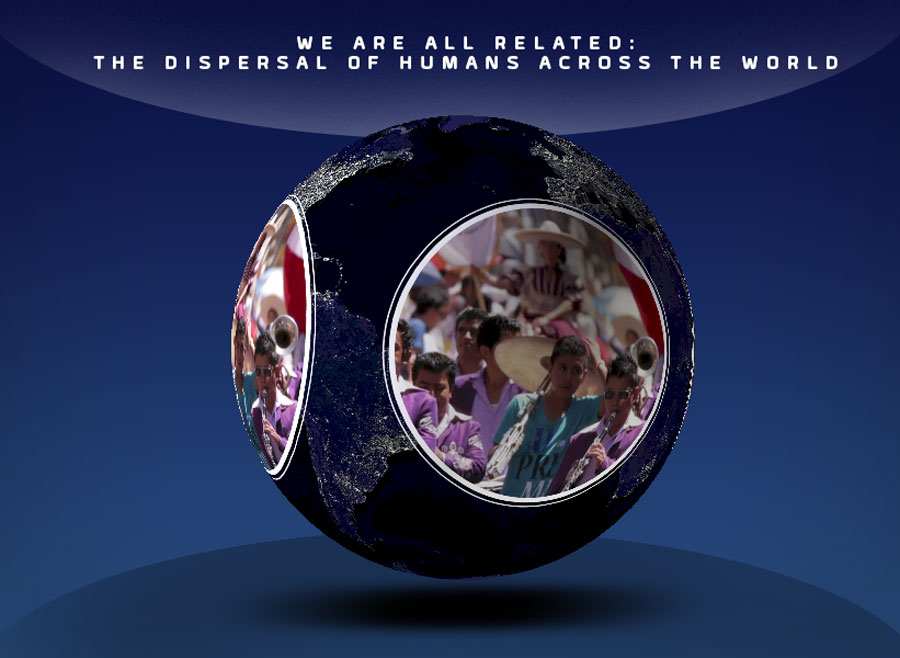
We are All Related: The Dispersal of Humans Across the World
Humans are Earth’s dominant species and our activity is affecting the planet. Learn about our nomadic beginnings and human dispersal out of Africa 300,000 years ago. Today we humans are all connected and have the power to create a better future for our planet.
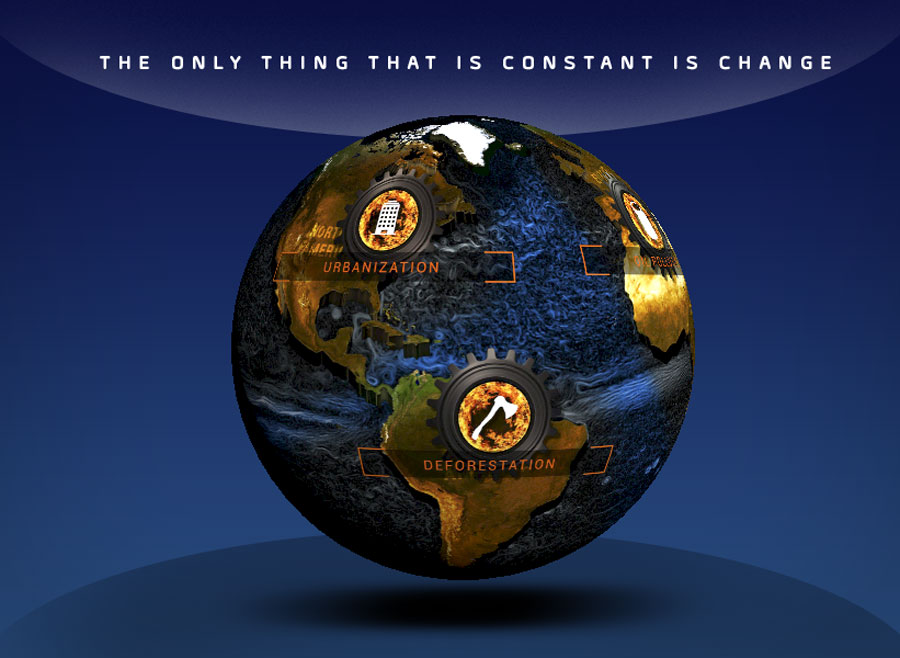
The Only Thing That is Constant is Change
Life on Earth is constantly changing, but humans have increased the rate of change. Learn about the threat of extinctions and their impact on ecosystems and what we can do to give life on our planet a chance to adapt and thrive.

Cities Through Time Now Showing
Learn how innovation, efficiency, and sustainable solutions implemented in large cities can reduce human impact on the environment. Densely populated cities have the most potential for efficiencies that could help lessen the impact of human activity. New technologies and cutting-edge green building and energy systems are among the potential solutions.

The World’s Water
Water is a precious resource and people around the world, in both developing and developed countries, face water shortages.
In some places, shortage of freshwater is a looming crisis exacerbated by climate change and a growing population. The National Oceanic and Atmospheric Administration’s National Water Center contributed to the content of this show.

Extreme Weather
Learn about extreme weather like hurricanes, drought, flooding, and more, as well as what we can do to prepare for and mitigate the impacts of these events. As our climate continues to change, the impacts of extreme weather events will become more severe and their frequency will increase.

Aquaculture
Aquaculture, or the farming of fish and shellfish for seafood, could sustainably help meet the demand for food for our planet’s growing population.
More than three billion people on our planet depend on seafood as their primary source of protein. Wild-caught fisheries harvests have leveled off and cannot meet the demand.
Learn about the state of the global seafood supply; the need to balance well-managed, wild-caught fisheries with responsible aquaculture; and the need to utilize the United States’ robust resources in the form of natural capital, technology, expertise, and stringent environmental standards to grow the industry domestically.
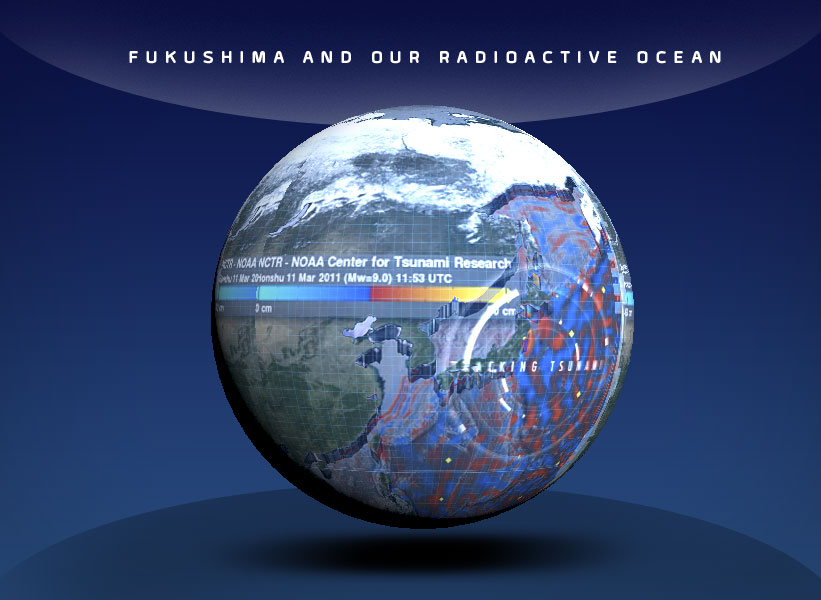
Fukushima and Our Radioactive Ocean
How much radioactivity is naturally occurring in the ocean and environment? Did the Fukushima disaster raise these levels significantly?
Learn about the ocean and marine life impacts of the Fukushima Daiichi nuclear power plant disaster in Japan in 2011. Funding provided by the Gordon and Betty Moore Foundation.
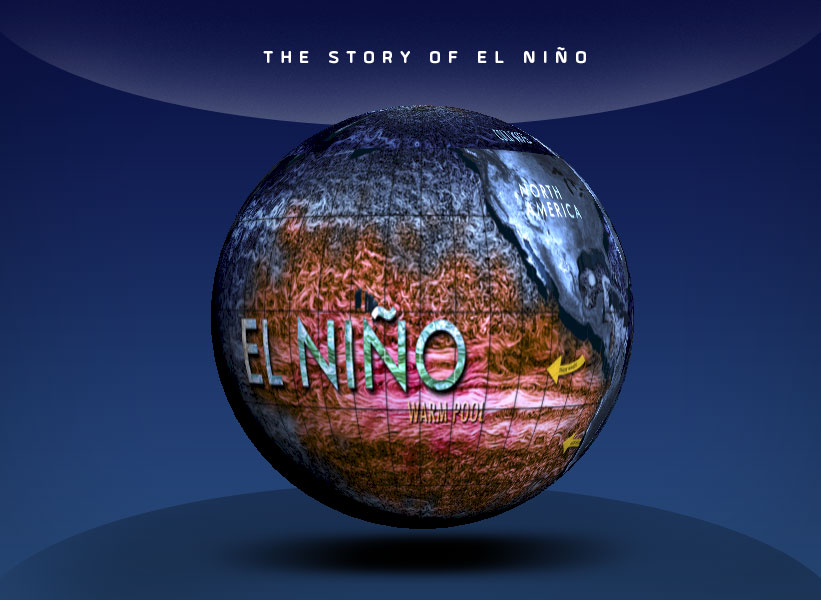
The Story of El Niño
The El Niño phenomenon occurs when seasonal trade winds change direction and warm water remains at the surface of the Pacific Ocean along the coasts of North and South America, rather than being blown east.
This often brings rain to Southern California. Learn about this phenomenon and its impacts.
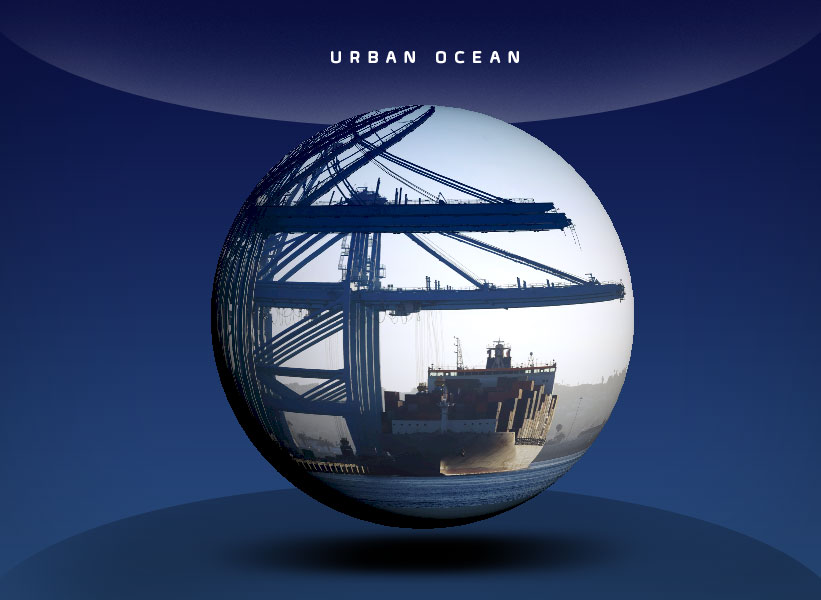
Urban Ocean
Find out how humans and nature share this unique segment of the World Ocean.
Learn about the coexistence of humans and marine life in this portion of Southern California’s busy coast and ocean and the issues that arise when human activity, nature, and marine life intersect. The Southern California Bight is home to bustling commercial shipping lanes and the Ports of Los Angeles and Long Beach, as well as recreational sailors, swimmers, surfers, migrating whales, and more.
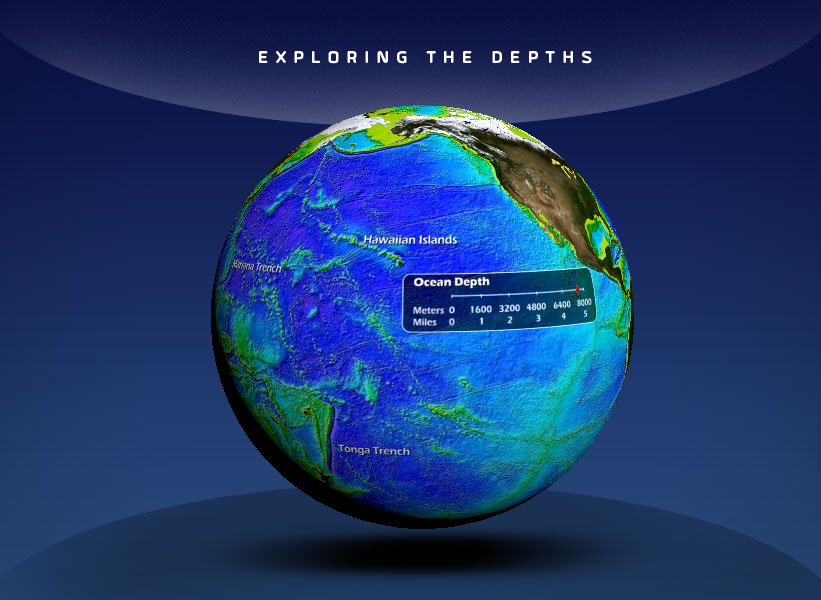
Exploring the Depths
Survey the history of ocean exploration and learn about major discoveries.
The world’s vast ocean is Earth’s final frontier for exploration. While significant ocean discoveries have been made over the last two centuries, experts estimate that as much as 95 percent of the volume of the World Ocean and 99 percent of its seafloor remain unexplored. Learn how future exploration could lead to the discovery of new species and ecosystems and to monitor human impact on the ocean.
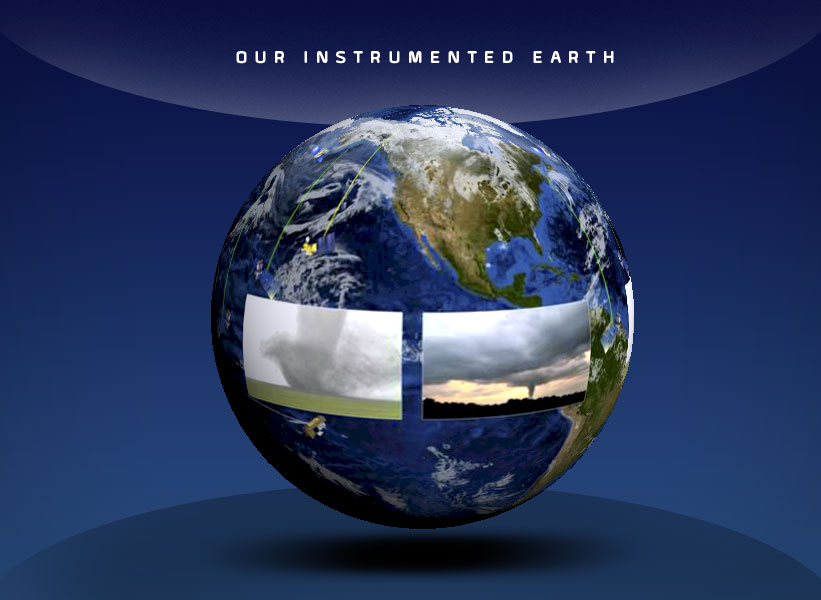
Our Instrumented Earth
Learn how satellites and observing systems are telling us about our changing planet.
The wide variety of high-tech instruments monitoring our planet from space, on Earth’s surface, and under the ocean are providing large amounts of data in real time, allowing scientists to understand the planet better than ever before. Using this data, scientists and other experts are able to understand human impact on the environment. Viewers will learn how scientists are using instruments to predict weather, monitor environmental changes, and even save lives.

Marine Debris
This show focuses on the issue of marine debris, which is any man-made material that ends up in the ocean or Great Lakes.
Marine debris is now present everywhere on Earth and is transported by ocean currents, accumulating in areas called garbage patches. The show describes the problems associated with marine debris and the impacts it has on marine life. NOAA established a Marine Debris Program in 2005, supporting hundreds of projects to address the issue of marine debris across the United States. This show was made possible with funds from NOAA and the Miller Foundation.
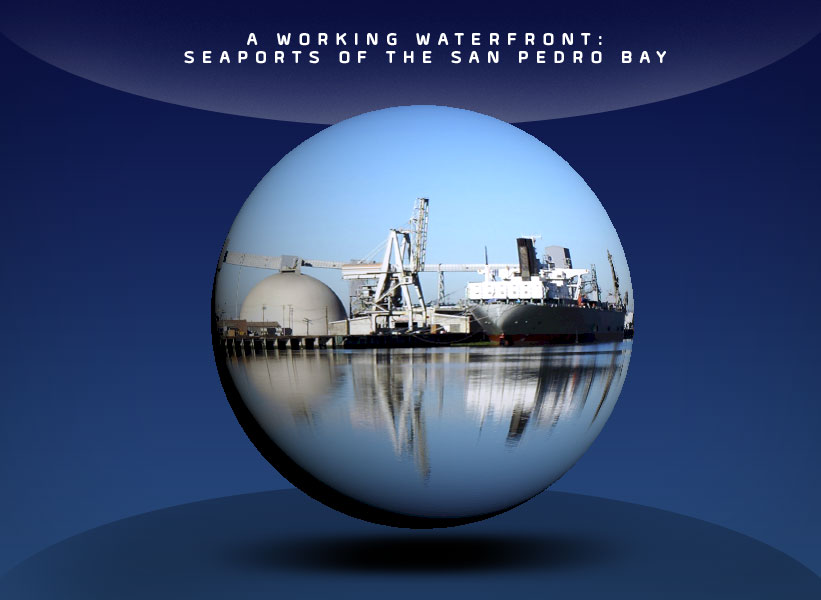
A Working Waterfront: Seaports of San Pedro Bay
The seaports of San Pedro Bay, which are the Ports of Long Beach and Los Angeles, represent the nation’s first- and the world’s fifth-busiest container port complex.
Nearly half of all the manufactured goods that enter and leave the United States pass through this bay. Watch as this global trade center unfolds across the planet.

Rising Sea
Scientists estimate sea levels could rise more than three feet by the end of this century.
In California, that would mean the flooding of San Francisco International Airport, the Ports of Los Angeles and Long Beach, and much of the commercial and residential property along the coast. See firsthand how sea level rise will affect people locally and across the globe.
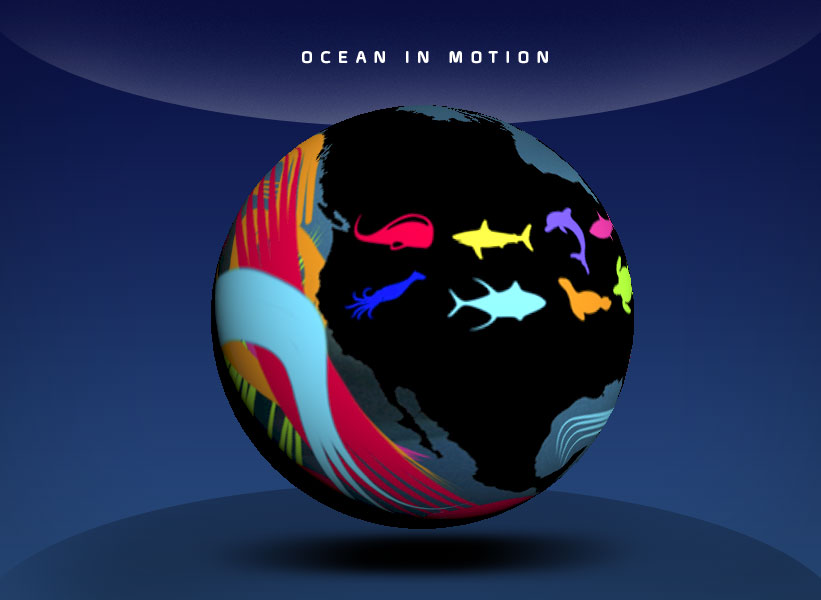
Ocean in Motion
Learn how ocean health is connected to human health from a global perspective in this show that features a dynamic combination of music, video, narration, and data.
The ocean is always in motion and supports life all over the planet, from the microscopic animals in the ocean called zooplankton to the billions of people around the world who rely on seafood as a major source of protein day in and day out. Ocean in Motion visually communicates the links between algal blooms, fish migrations, and human activity to tell a compelling story about our dependence on the ocean.
